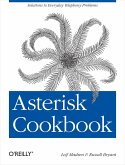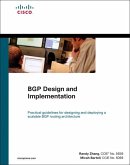The objective of the Transmission Control Protocol (TCP) is to provide reliable end-to-end delivery of data over unreliable networks. Over the past few years, the problem of congestion control has received widespread attention, both in the Internet as well as in the ad-hoc network context. In these networks, however packet losses occur more often due to unreliable links than to congestion. But each packet loss on the wireless link results in invoking congestion control measures at the source, which leads to severe performance degradation of the TCP. Many authors have reported that the TCP interacts with the lower layers, but still it cannot predict route failures and network congestion. On the other hand, considerable research has been carried out to show how the TCP performance is significantly affected by MAC protocols in multi-hop & adhoc networks. The issues discussed above, with the possibility of further avenues for improving the TCP performance in multihop wireless networks, served as the motivation and basis for the proposed work. The proposed work describes the efficient techniques in various layers to improve the TCP performance over wireless networks. In the data link layer, the link RED (Random Early Discard) technique seeks to react earlier to link overload, and it solves the hidden terminal problem. As well as, the Adaptive Pacing Technique seeks to improve spatial reuse, and it solves the exposed terminal problem.








![AS/400 Tcp/IP Handbook [With CDROM] AS/400 Tcp/IP Handbook [With CDROM]](https://bilder.buecher.de/produkte/44/44214/44214774m.jpg)